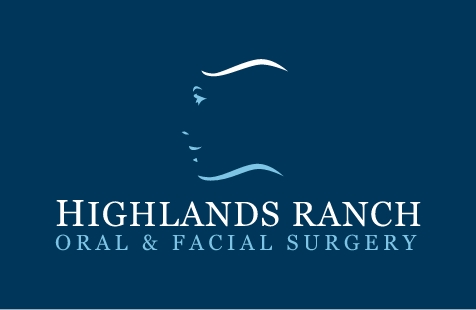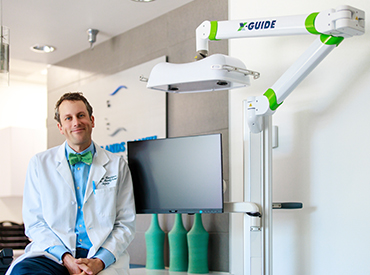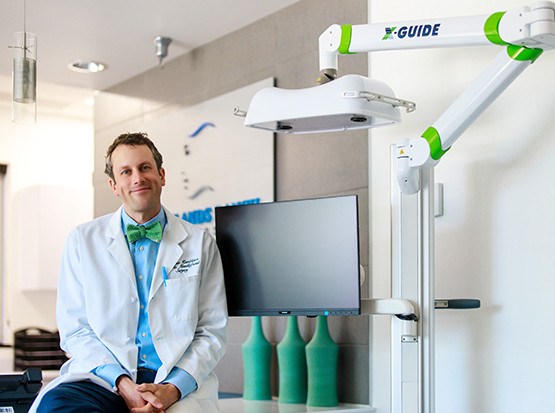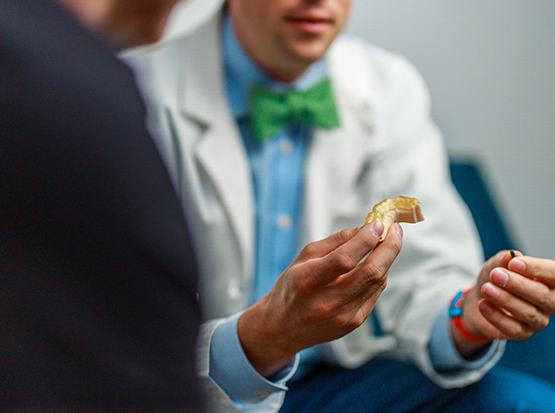 Dental implants have become the standard of care for tooth replacement. Not only can dental implants restore the full function and aesthetics of your smile, but with the proper upkeep, they can last a lifetime. These are just a couple of reasons why dental implants are an increasingly popular choice, and why they are a good option for most patients who have experienced tooth loss.
Dental implants have become the standard of care for tooth replacement. Not only can dental implants restore the full function and aesthetics of your smile, but with the proper upkeep, they can last a lifetime. These are just a couple of reasons why dental implants are an increasingly popular choice, and why they are a good option for most patients who have experienced tooth loss.
With that said, dental implants do have limitations. For one, dental implants must be anchored to existing bone tissue in the jaw. And some patients simply do not have the bone mass needed for implant placement, which complicates the dental restoration process.
The good news is that this issue can be addressed with a bone graft procedure. There are several different types of bone grafts available to patients who wish to have their missing teeth replaced with implants.
What is a Bone Graft?
A bone graft is a surgical procedure in which your surgeon takes a small sample of healthy bone tissue from part of your body and transplants it to the jaw. Alternatively, bone can be harvested from animals, or synthetic bone alternatives can be used. Through a bone graft, your surgeon can stimulate new bone growth in the area you need it most. Among other things, this can make it possible to have a successful dental implant procedure, even if you have experienced significant bone loss.
Why is a Bone Graft Needed?
Your jawbone requires constant stimulation from the tooth root in order to remain healthy. Without that stimulation, the bone can begin to atrophy. As such, patients who lose a tooth often experience bone loss shortly thereafter unless they have that missing tooth replaced with an implant right away.
Additionally, many of the most common tooth extraction processes require a part of the underlying bone to be removed. This can complicate dental restoration, but a bone graft helps regenerate bone in that area.
Bone grafting is not only necessary to support dental implants, but it helps prevent the deterioration of the jawbone, which can lead to unwanted changes to your facial anatomy.
What are the Different Types of Bone Graft?
Different patients have different needs, and there are a number of bone grafts available to address these needs. Here are a few of the most common types of bone grafts.
Autograft
The first type of bone graft involves bone being harvested from one part of your body, then transplanted elsewhere.
There are a few benefits to the autograft method. Because it uses your own bone and not a substance that is foreign to the body, there is very little risk of an immune response, disease transmission, or transplant rejection. By using your own bone, the autograft encourages the natural formation of new cells, helping to heal the wound site faster.
This type of graft may require an extra step in the surgical procedure, and for some patients may require a separate surgery with a separate round of anesthesia. Additionally, for some patients who have limited bone tissue, the autograft may not be an option at all.
Xenograft
Xenografts work in a similar way to the autograft, but with one key distinction. Instead of using bone tissue from your body, the xenograft uses bone taken from an animal.
This is a very commonplace method with a well-documented success rate. Xenograft bone is readily available and can often trigger the natural healing process in your body.
Alloplastic Graft
Alloplastic bone grafts use a synthetically made material as an alternative to real bone.
This is another very common procedure with a well-documented rate of safety and success. However, alloplastic bone grafting is more limited in its use for healing larger wounds.
Allograft
A final type of bone graft is the allograft, which uses real, human bone that is donated by the deceased.
The advantages of allografts are that they are very common, they have a high rate of success, and portions of the graft can fuse into your own bone.
Which Type of Bone Graft is Right for You?
Your surgeon will first perform a physical examination of your mouth, teeth, and gums and ask questions about your medical history. You can expect your surgeon to take images, such as X-rays, to help better assess your needs.
During this consultation, you can ask any questions you have about the bone grafting and dental implant process, including questions about the best type of bone graft to address your needs.
Schedule a Consultation in Highlands Ranch, CO
As you consider your options for tooth replacement, including your need for bone grafting, make sure you get the guidance you need from a board-certified oral surgeon like Dr. Hambleton. Highlands Ranch Oral & Facial Surgery has a proven track record with tooth replacement, and a commitment to prioritizing patient comfort, safety, and outcomes always.
To schedule a consultation, reach out to our Highlands Ranch, CO practice at your convenience.




